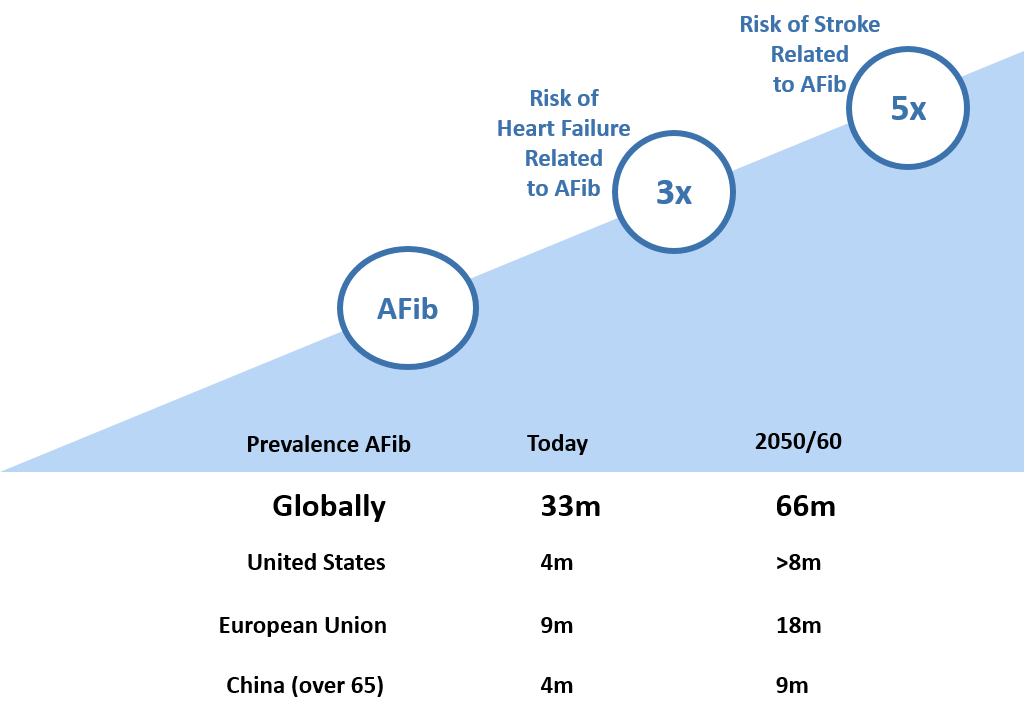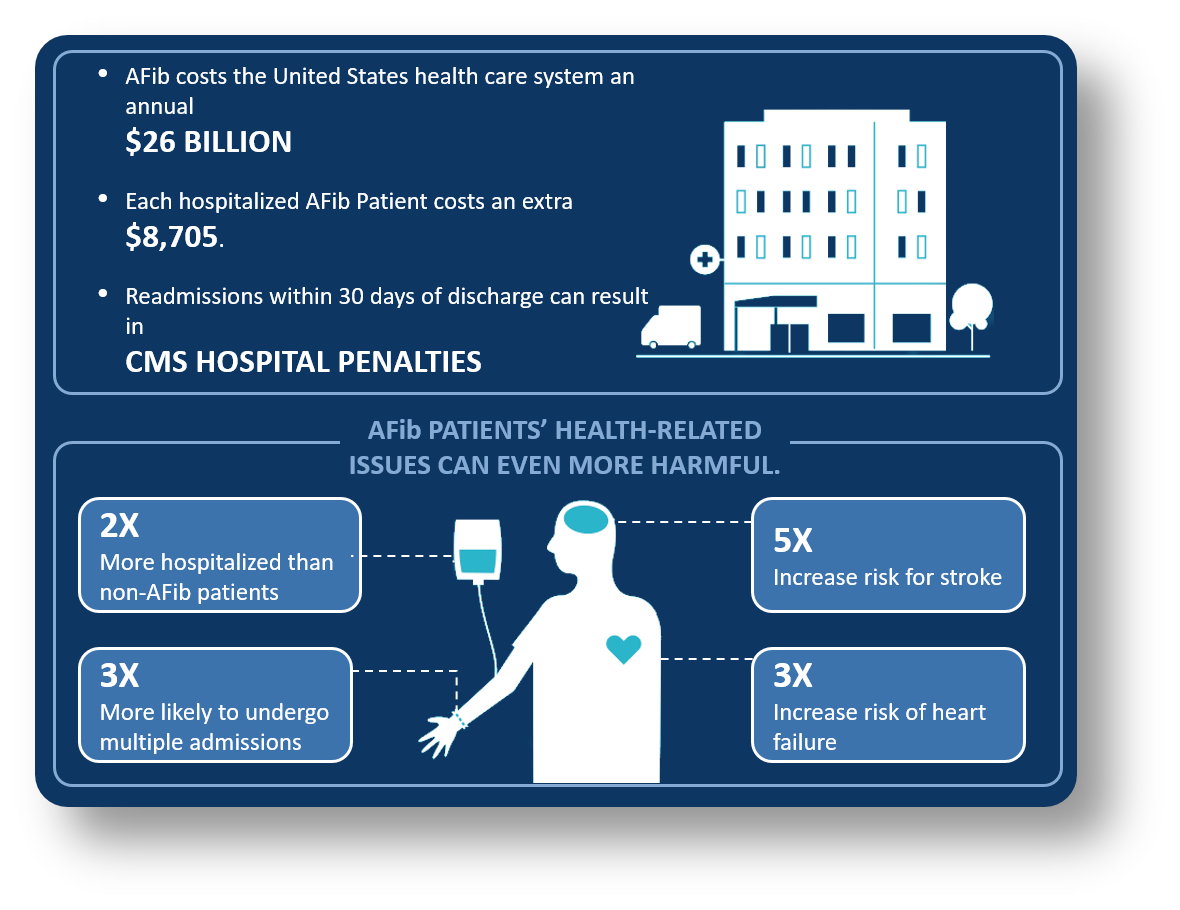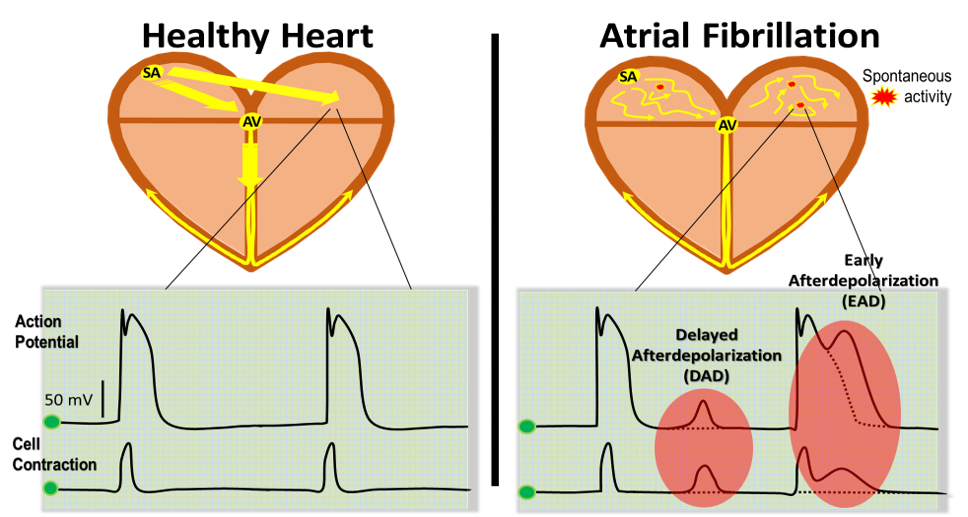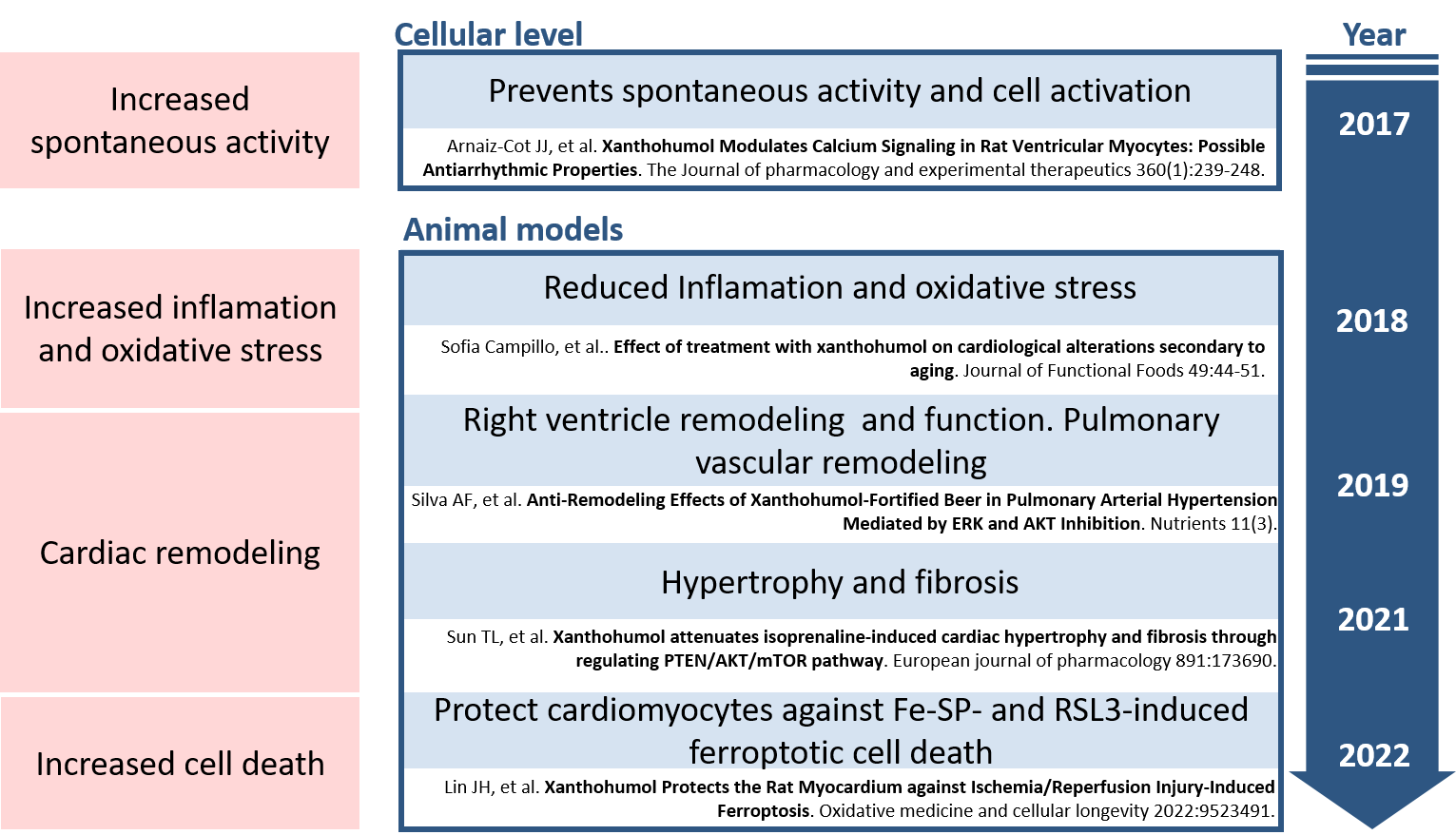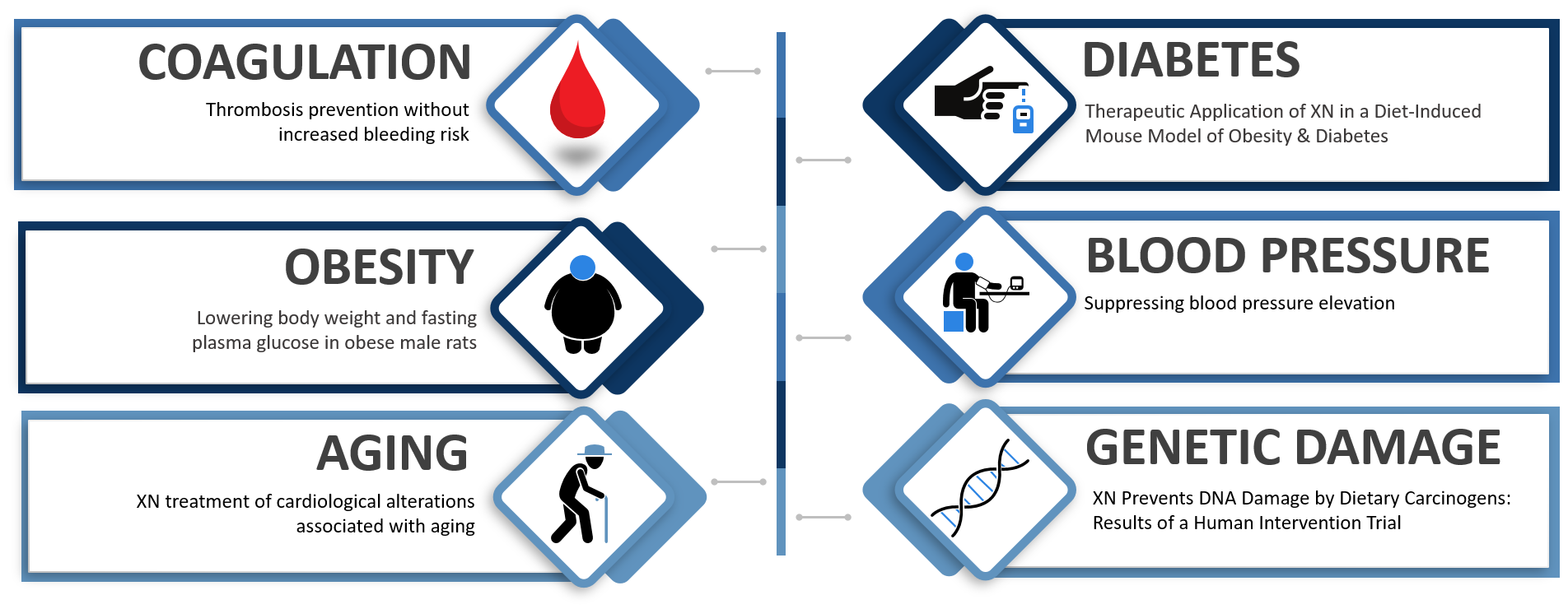




Our Goal anD Vision
AFib is the most common type of cardiac arrhythmia and its prevalence represents a 21st-century cardiovascular disease epidemic. The expected increase in global life expectancy means that the challenge of AF will only increase in coming years.
ARRhYTHMIAS AND ATRIAL FIBRILLATION (AFib)
What happens during Afib?
At the cellular level AFib starts in the form of abnormal electrical activity (early or late after depolarizations (EADs and DADs).
The normal beating in the upper chambers of the heart (the two atria) is irregular.
Blood doesn’t flow as well as it should from the atria to the lower chambers of the heart (the two ventricles).
About Xanthohumol
Why Xanthohumol for AFib?
In addition
Xanthohumol also exerts anticoagulant actions at the vascular level, as it effectively prevented venous and arterial thrombosis by inhibiting platelet activation and aggregation.
In addition, xanthohumol reduced pro-arrhythmic risk factors of AFib, such as hyperglycemia, obesity, hyperlipidemia and aging. These components are not only known to be associated with AFib development, but also impact the outcome of ablative therapy in AFib.
TEAM
NEWS

Creation of XanthoPharm advisory board
Dr Andrea Natale y Dr Sanghamitra Mohanty Join the newly formed XanthoPharm Scientific Advisory Board

XanthoPharm expands its Scientific Advisory Board
Dr Luis Gandia Joins the XanthoPharm Scientifiic Advisory Board

XanthoPharm expands again its Scientific Advisory Board
Dr Fred Stevens Joins the XanthoPharm Scientifiic Advisory Board
- XANTHOPHARM
- 647 Pleasant Street
- Weymouth
- MA, 02189-03202
- Email: info@xanthopharm.com
© Copyright 2024




